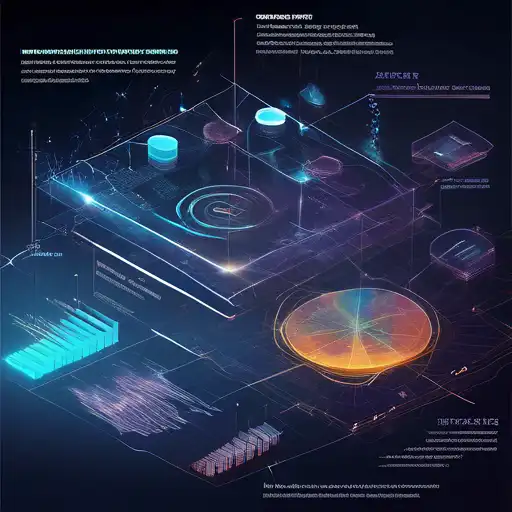Introduction to Data Visualization
In the era of big data, the ability to visualize complex datasets in an understandable and actionable manner is invaluable. Data visualization techniques transform raw data into visual contexts, such as charts, graphs, and maps, making it easier to identify patterns, trends, and outliers. This article explores the most effective data visualization techniques that can help businesses and individuals gain better insights from their data.
Why Data Visualization Matters
Data visualization is not just about making data look attractive; it's about making data accessible and comprehensible. By leveraging visual elements, stakeholders can grasp difficult concepts or identify new patterns quickly. Effective visualization leads to better decision-making, enhanced storytelling with data, and more efficient data analysis processes.
Key Data Visualization Techniques
There are several techniques to visualize data, each suited for different types of data and insights. Below are some of the most impactful methods:
- Bar Charts: Ideal for comparing quantities across different categories.
- Line Graphs: Best for visualizing data trends over time.
- Pie Charts: Useful for showing proportions within a whole.
- Scatter Plots: Excellent for identifying correlations between two variables.
- Heat Maps: Great for visualizing complex data like user behavior on websites.
Advanced Visualization Techniques
For more complex datasets, advanced techniques can provide deeper insights:
- Interactive Dashboards: Allow users to explore data dynamically.
- Geospatial Mapping: Visualizes data in the context of geography.
- Network Diagrams: Shows relationships between entities.
Choosing the Right Visualization
Selecting the appropriate visualization depends on the data's nature and the insights you wish to derive. Consider the audience's familiarity with data interpretation and the story you want to tell. Tools like business intelligence software can simplify this process by offering templates and automated suggestions.
Best Practices for Effective Data Visualization
To maximize the impact of your visualizations, adhere to these best practices:
- Keep it simple and avoid clutter.
- Use colors strategically to highlight key information.
- Ensure accuracy and avoid misleading representations.
- Make it interactive where possible to engage the audience.
Conclusion
Data visualization is a powerful tool for uncovering insights that might remain hidden in raw data. By mastering various visualization techniques and adhering to best practices, you can enhance your ability to communicate complex information effectively. Whether you're a data scientist, business analyst, or marketer, leveraging these techniques will enable you to make more informed decisions and tell compelling stories with your data.
For further reading on transforming data into actionable insights, explore our guide on data analysis strategies.
